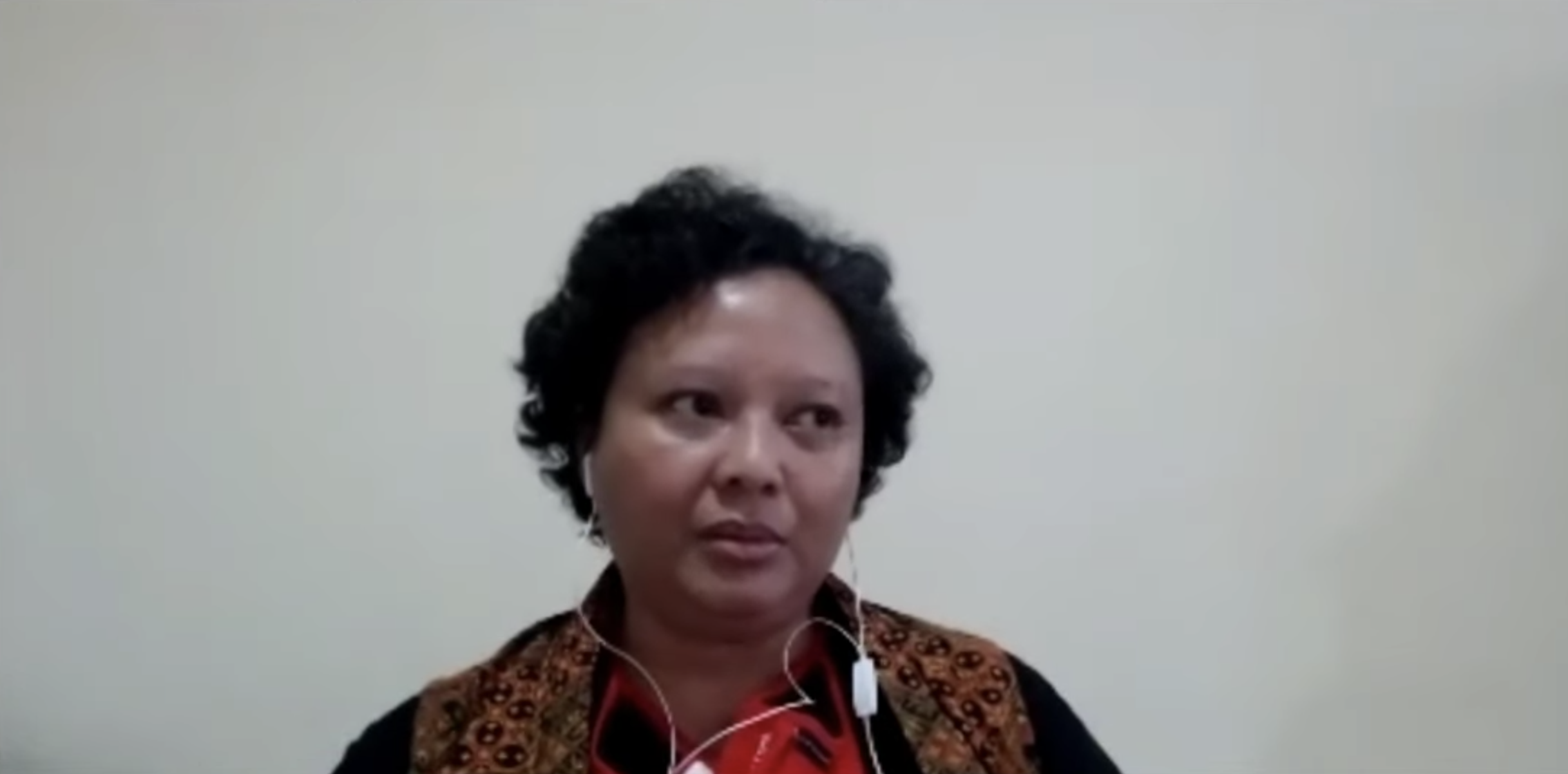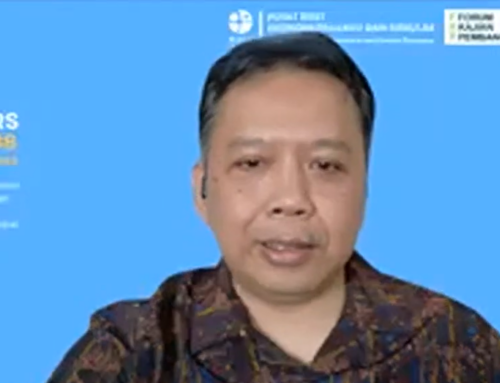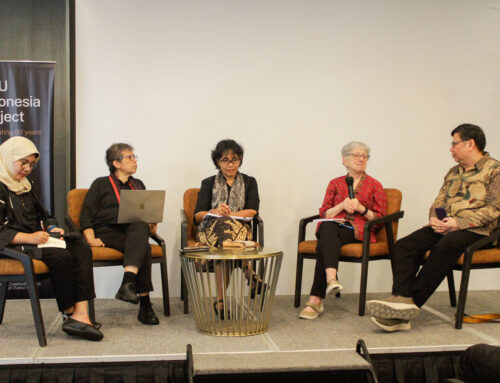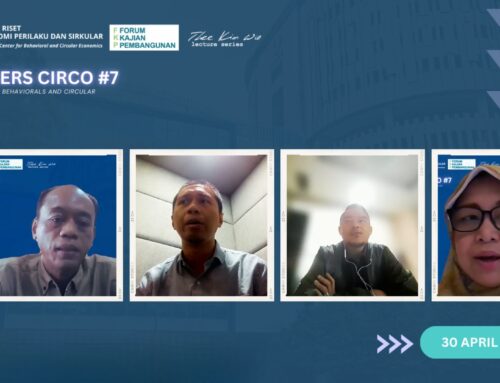FKP hosted by ANU Indonesia Project with Sotya Fevriera (Universitas Kristen Satya Wacana). Wednesday, 28 July 2020. Edit December 2021: the paper has been published in the Bulletin of Indonesian Economic Studies (BIES) https://doi.org/10.1080/00074918.2020.1747595
KEYPOINTS:
- Cities of Asia are packed with motorcycles with rapidly increasing congestion and income per capita coming from high urbanization leading people to opt for motorcycle. Yogyakarta, Indonesia is not an exception with dominant motorcycle use.
- The study found that urban form (defined by population density and travel distance) affects motorcycle use. Contrary to the findings in Europe and USA, a compact urban form with higher population density and lower travel distance does not reduce motorcycle use in Yogyakarta, although such urban form provides a higher likelihood of walking or using a bicycle.
SUMMARY
- The cities of Asia are packed with motorcycles, with 80% of the world’s motorcycles found in the continent. As most countries in the continent are still developing, their major cities are experiencing high urbanization followed by rapidly increasing congestion causing people to opt for the affordable motorcycle. Yet high motorcycle use is bad for the environment as motorcycles contribute 66% of total CO2 emissions that comes from transport (compared to 2% contribution from buses).
- The choice of transport mode may be affected by urban form. As evident by the use of private cars over public transport modes in Europe and the United States, compact urban area may reduce the use of private motorized vehicles. However, is this the case in Asia? To learn how urban form affects motorcycle use, the study looked into travel behavior households in Yogyakarta, Indonesia in The data used in a survey of 823 household in the areas of Yogyakarta City, Sleman Regency and Bantul Regency, chosen for their urban character, i.e. high population density and high per capita regional GDP, and having the motorcicyle as the dominant mode of urban transport.
- The survey showed that motorcycle use is dominant in both commuting and leisure activities. Furthermore, urban form and travel characteristics can explain about 20% of preferences on transport mode. Population density of the area and travel distance of residents affect household travel behavior in the following ways.
- Higher population density in areas closer to the city center means higher probability of its residents to use motorcycle compared to bicycle or walk or bus. The explanation is that living closer to the city center means residents have higher income per capita hence opting for more comfortable transport modes that are often private. Living closer to the city center also means that congestion is bad and using motorcycle would be fastest.
- High level of motorcycle use was also shown in areas with higher population density and shorter travel distance although it was also found that people in this areas are more likely to use bicycle or walk than to use motorcycle. Furthermore, it was found that less people use private cars.
- Higher distance to a bus stop leads to a higher likelihood for people to use motorcycle compared to bus, but that higher distance to a fuel station does not affect people’s choice. The choice is sensible as it’s also found that travel by motorcycle is still cheaper than by bus.
- Given these results, it can be concluded that a more compact urban form with high density and short travel distance might help reduce the growth of motorcycle since there is a higher likelihood of people to walk or use a bicycle. However, achieving such urban form is a challenge given that motorcycles are already dominant. Hence policymakers can look into the use of electric motorcycle as an alternative policy.
- During the Q&A session, the awareness and attitude of the residents of Yogyakarta towards available public transport modes may affect the use of motorcycle. The possibility of a follow-up research that takes into account the role of online motorcycle taxis (ojek) was also suggested.





